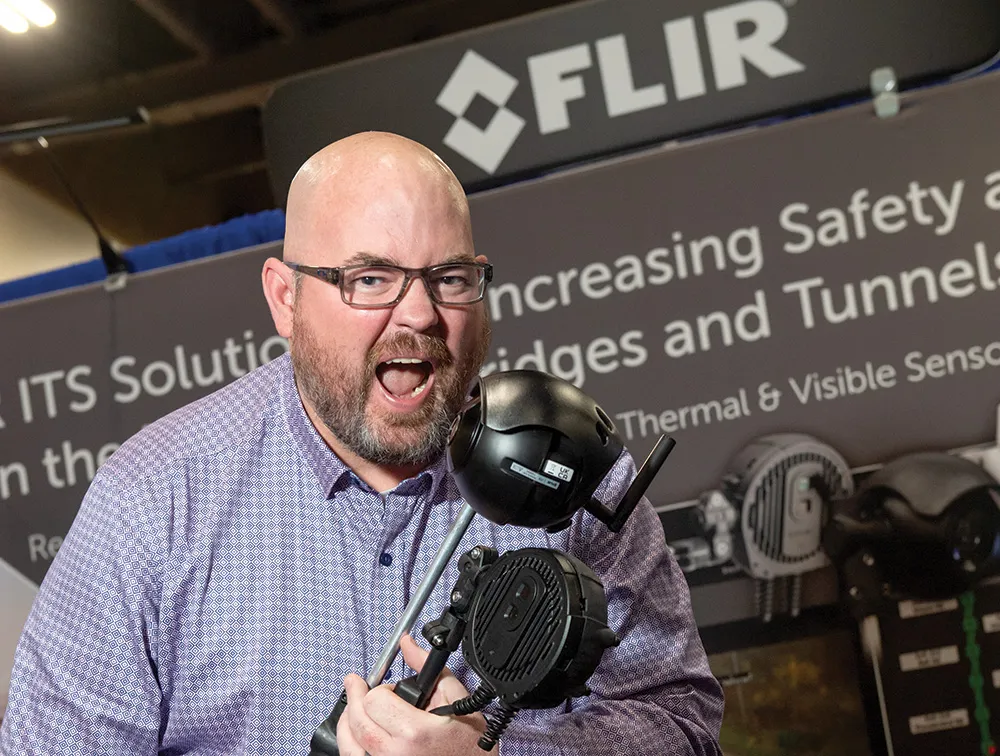Teledyne
Built on the Teledyne Lumenera Ls series embedded vision platform, the Ls245R traffic camera is expected to detect vehicles on high-speed freeways and extract number plate information.
The company says the camera can extract all data without needing a separate computer, allowing image processing to run all hours by automatically controlling a lens shuttle to flip between a day and night mode.
According to Teledyne, Ls245R optimises network traffic by sending images that are already processed or just sending metadata for each number plate the camera extracts.
Images and data are stored on the device - even in the event of a network outage - and queued up for delivery when a network connection is established, the company adds.








